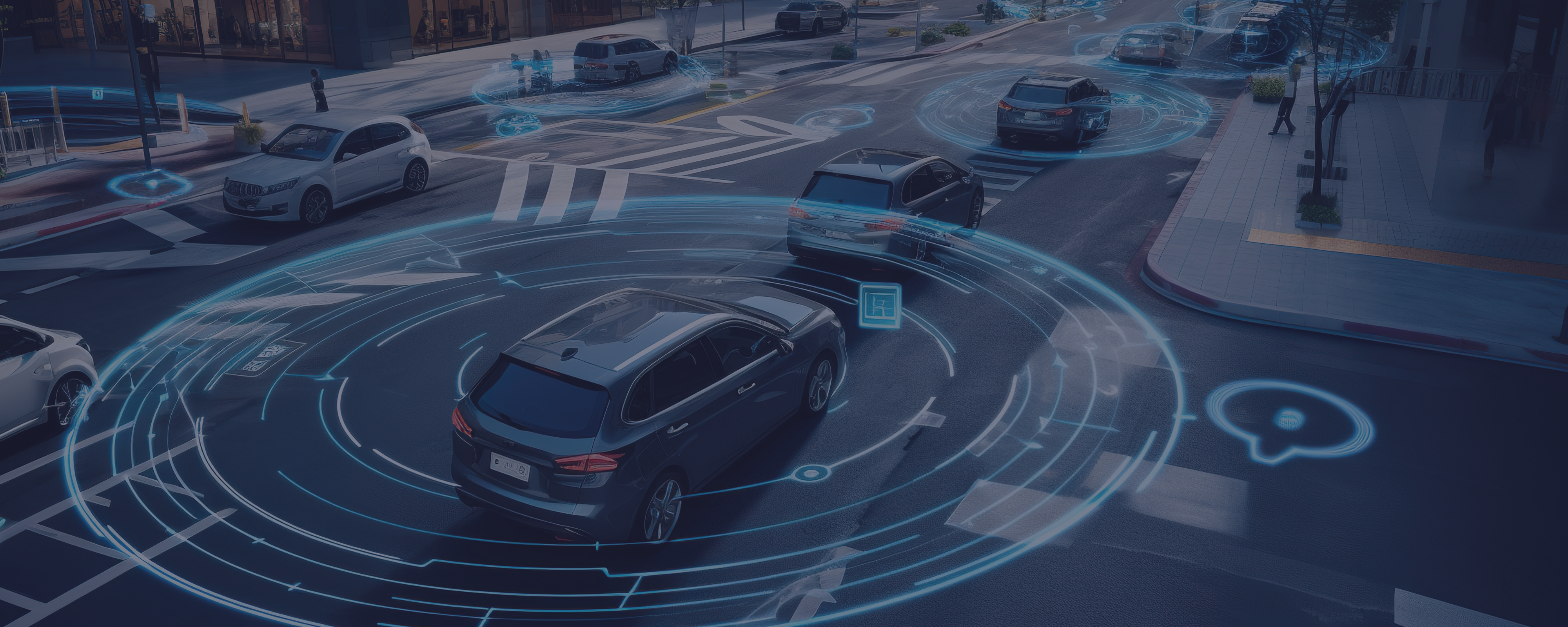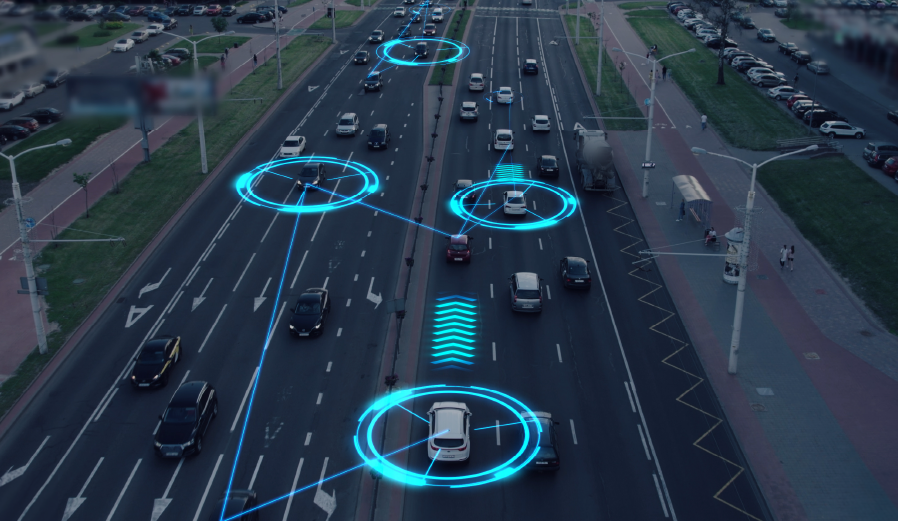A recent accident involving a well-known celebrity driving an electric scooter under the influence has become a major social issue. According to KoROAD, the number of users of shared electric scooter surpassed 1.15 million in October 2020, and the number has grown even larger when including privately owned electric scooters. As the number of users increases, so does the frequency of personal mobility (PM) traffic accidents and the accompanying social and economic costs. ■ What is the current state of micro-mobility safety? According to KoROAD and global statistical agencies, the number of accidents and injuries related to personal mobility devices has been rising steadily over the past five years. Despite efforts to improve traffic safety through law amendments and campaigns, rapid progress seems unlikely, leading some to advocate for stricter measures, including possible bans. Additionally, in the U.S., accidents and injuries caused by electric bicycles have increased more than 30-fold from 2017 to 2022, highlighting that this is a global safety concern. ■ What measures are being implemented to reduce the impact of micro-mobility accidents? Micro-mobility refers to lightweight, small-scale vehicles designed for short trips of less than 10 kilometers. The most common examples include electric scooters, electric bicycles, and electric mopeds. They have grown in popularity worldwide due to their affordability, ease of use, and low maintenance costs. According to a U.S. research firm, the U.S. electric bicycle market is expected to grow annually by 15.6%, reaching $6.3 billion by 2030. Source : NACTO / Grand View Research Micro-mobility uses electric batteries to reduce carbon emissions, alleviate traffic congestion and parking shortages, and improve transportation access for vulnerable populations. Additionally, by merging with the sharing economy, it has evolved into a rental and borrowing model, promoting the distribution, sharing, and reuse of resources. However, with the activation of micro-mobility, safety accidents and gaps in laws and regulations have emerged. Due to the high speeds, there is a significant risk of collisions with pedestrians or vehicles, and the potential to cause congestion by complicating traffic flows is high. Concerns about human casualties and negative economic impacts have led countries like the U.S. and Europe to establish measures to address these issues. ■ Strengthening safety regulations: Speed limits, mandatory protective gear, and mandate the use of lights on dark or foggy days. ■ Improving transportation infrastructure: Dedicated lanes and areas for micro-mobility vehicles to reduce congestion and collisions. ■ Education programs: Campaigns to teach safe riding practices and safety guidelines provided on shared service platforms. ■ Designating parking areas: Encouraging users to park and return vehicles in specific areas to prevent disorder. ■ Establishing restricted areas: Banning the use of micro-mobility devices in zones where congestion or pedestrian safety is a concern. Along with expanding infrastructure, clarifying legal regulations and operational guidelines is expected to resolve a significant portion of incidents and accidents caused by micro-mobility. In Europe, data from MMfE (Micro-Mobility for Europe) in 2023 indicated that the total number of reported injuries involving shared e-scooters per million rides decreased by 44%, and serious injuries requiring treatment dropped by 19%. Similarly, overall shared e-bike injuries decreased by 44%, with serious injuries dropping by 16%.This progress is driven by manufacturers' technological innovations, targeted educational campaigns, and government initiatives aimed at improving infrastructure. Source : MMfE(Micro-Mobiliy for Europe) ■ V2X Technology: A Game Changer for Reducing Micro-Mobility Accident Rates Given these challenges, governments and companies need to actively invest in infrastructure technologies that can help reduce the accident rate in micro-mobility. One promising solution is V2X (Vehicle-to-Everything), a technology that has recently gained significant attention. V2X stands for “vehicles to everything,” allowing vehicles to communicate in real time with their surrounding environment. It enables vehicles to directly interact with other vehicles (V2V), road infrastructure (V2I), networks (V2N), and pedestrians (V2P) to enhance road safety and traffic efficiency. Additionally, to minimize communication disruptions caused by handovers between base stations, V2X incorporates direct communication technologies, such as Wi-Fi-based WAVE (IEEE820.11p) and cellular bandwidth-based communication, alongside LTE/5G. This ensures stable operation even when existing infrastructure cannot be relied on. The primary goal of V2X security is to protect the integrity, confidentiality, and availability of the data exchanged within the traffic ecosystem. V2X security is not optional but essential for preventing unauthorized access through hacking, protecting sensitive information, and maintaining the safety and functionality of the entire traffic system. Applying V2X to micro-mobility security offers the following benefits: 1. Real-time data exchange: V2X allows for the detection of traffic signals, elderly protection zones, and congested areas, contributing to prevent accidents and improve traffic flow. 2. User privacy protection: V2X uses data encryption and anonymization technologies to protect user privacy while securely transmitting necessary information. 3. Integration with urban infrastructure: V2X integrates with smart city infrastructure, connecting with various city management systems to enhance efficiency. These benefits can greatly improve the safety and convenience of micro-mobility. ■ Saesol Tech: Leading the V2X Security Technology Market With the expansion of electric vehicles, autonomous cars, and micro-mobility, interest in V2X infrastructure and security systems is growing. For a successful V2X deployment, it is essential to have standardized communication protocols and improved privacy regulations. Saesol Tech provides advanced V2X integrated security solutions, securing a leading position in the V2X security market by achieving cost reduction and productivity improvement, particularly through its SCMS (Security Credential Management System). We are developing standardized communication protocols to support V2X infrastructure and security certification systems for the expansion of connected cars, autonomous vehicles, and micro-mobility, while also rigorously addressing privacy protection. Through this innovative approach, Saesol Tech is contributing to creating a safer and more reliable smart mobility environment for the future. 새솔테크 V2X 보안 솔루션 자세히보기 Saesol Tech will continue to do its best to promptly and efficiently support the demands of the global V2X infrastructure development market. Do you have any questions about Saesol Tech's V2X security solutions? Contact the Saesol Tech team now! 문의하러 가기

Breakthrough in Reducing Micro-Mobility Accident Rates: V2X Technology
2024년 10월 17일
















